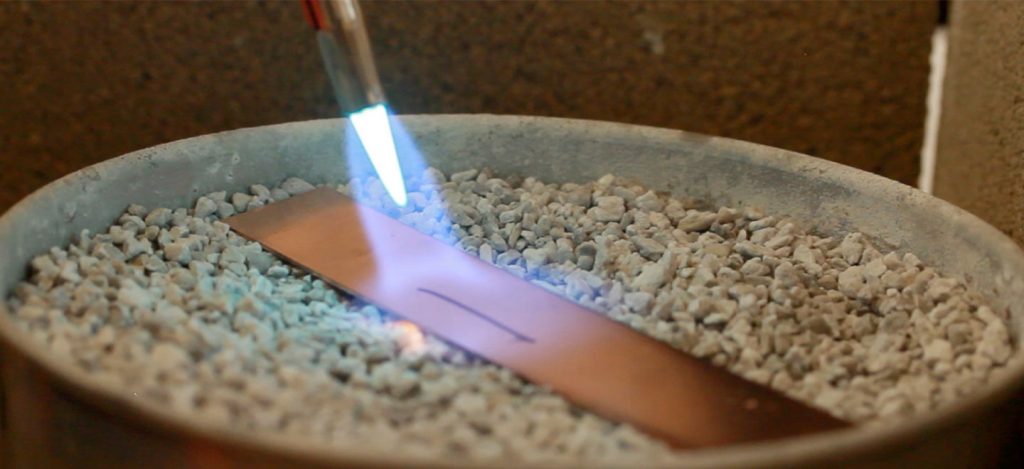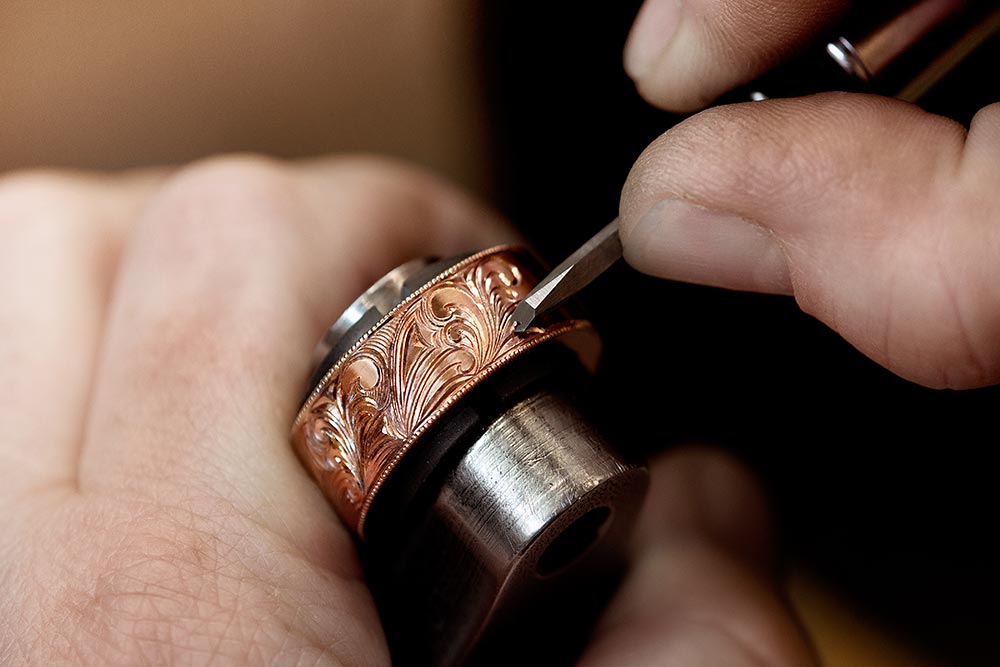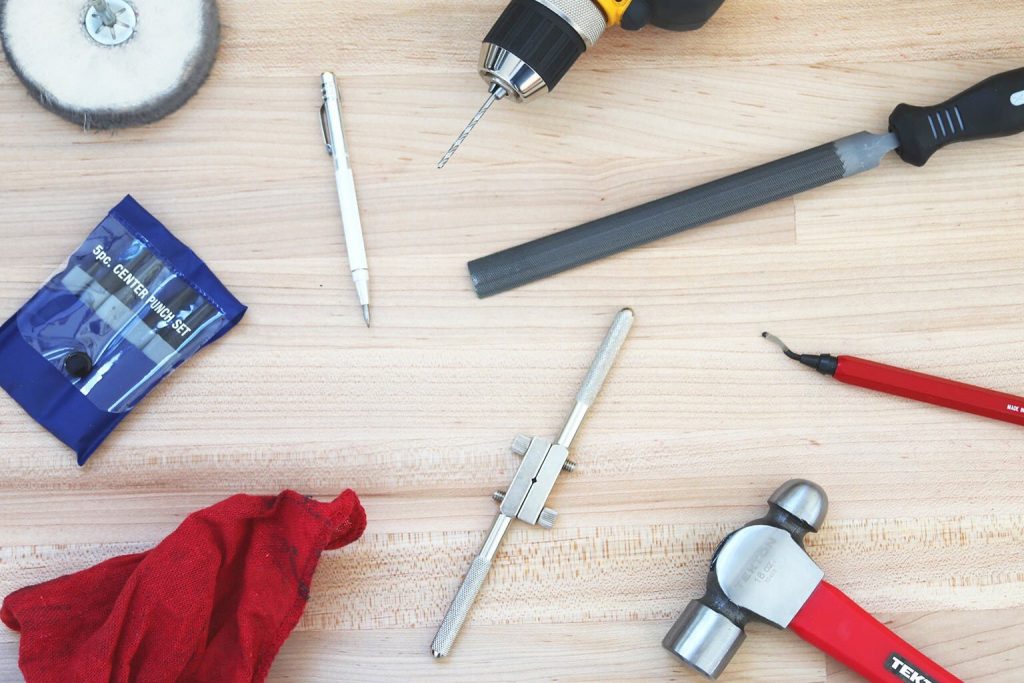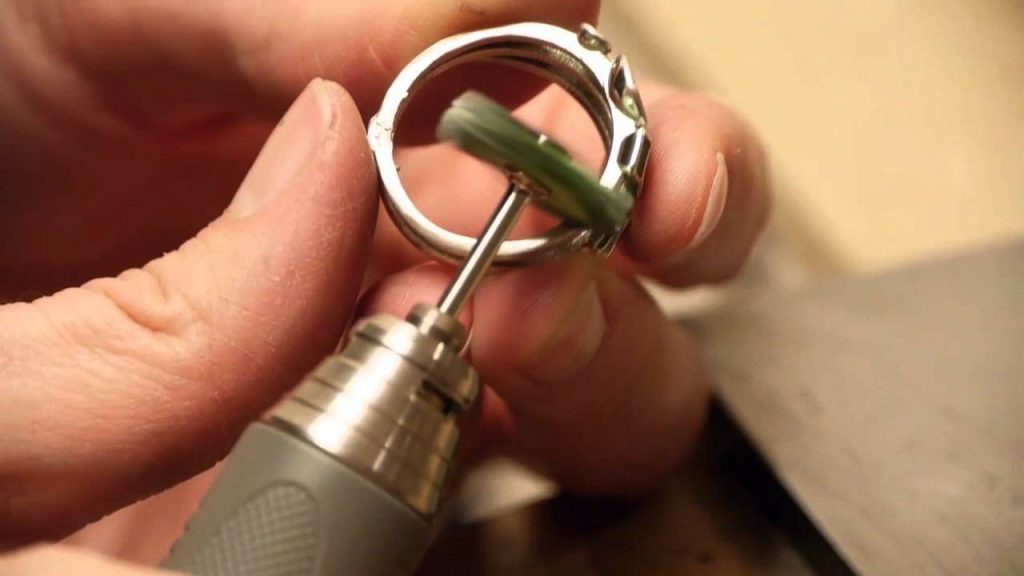Welcome to the captivating world of metal shaping! In this article, we will delve into the art of hammering, forming, and annealing metal to create stunning jewelry and metal crafts. Whether you’re a beginner or a seasoned metalworker, understanding these techniques is essential for bringing your creative visions to life.
From the rhythmic sound of the hammer to the transformative power of heat, metal shaping opens up a world of possibilities for crafting unique and personalized jewelry pieces. Join us as we explore the artistry of hammering, forming, and annealing in the realm of metalworking.
Hammering
Hammering is a fundamental technique in metal shaping that involves manipulating metal using a variety of hammers and other specialized tools. Here are some key aspects of hammering:
- Planishing Hammer: A planishing hammer is used to smooth out the surface of metal, creating a flat and even texture. It helps remove any imperfections or dents, resulting in a polished finish.
- Raising Hammer: A raising hammer is designed to shape metal by stretching it, causing it to curve or dome. This hammer is essential for creating three-dimensional forms, such as bowls or curved jewelry components.
- Texturing Hammers: Texturing hammers come in various patterns and designs, allowing you to add unique textures and patterns to your metal pieces. From a smooth finish to intricate designs, these hammers provide endless creative possibilities.
- Chasing Hammer: A chasing hammer is commonly used for detailed metalwork, such as chasing, repoussé, and stone setting. Its flat face and rounded peen make it ideal for shaping metal with precision and control.
Forming
Forming involves manipulating metal into desired shapes and structures. Here are a few key techniques in metal forming:
- Bending: Bending is the process of shaping metal by applying force to create curves or angles. It can be done using specialized tools like bending pliers or by hand with the aid of a bending block.
- Dapping and Doming: Dapping and doming are techniques used to create concave or convex shapes in metal. A dapping block and punches are used to press the metal into the desired shape, resulting in domed components for jewelry or decorative purposes.
- Folding and Creasing: Folding and creasing involve bending metal along specific lines to create crisp folds or sharp edges. These techniques are commonly used in origami-inspired designs or when creating geometric shapes.

Annealing
Annealing is a heat treatment process that softens metal, making it more malleable and easier to shape. Here’s what you need to know about annealing:
- Heat Application: Heat is applied to the metal using a torch, kiln, or specialized annealing equipment. The metal is heated until it reaches its critical temperature, which varies depending on the type of metal used.
- Cooling: Once heated, the metal is slowly cooled to relieve internal stresses and restore its ductility. This is typically done by allowing the metal to cool naturally or by quenching it in a temperature-controlled medium, such as water or oil.
- Workability: Annealed metal is more pliable and less prone to cracking or breaking during shaping. It allows for easier hammering, forming, and other shaping techniques, giving you greater control over the final design.
Safety Considerations
Working with metal involves handling potentially hazardous materials and tools. Here are some safety considerations to keep in mind:
- Eye and Ear Protection: Wear safety glasses or goggles to protect your eyes from flying debris and sparks. Use ear protection when operating loud machinery or tools.
- Heat Protection: When annealing or working with hot metal, use heat-resistant gloves and aprons to protect your skin from burns.
- Ventilation: Ensure that your workspace is well-ventilated when working with torches, soldering irons, or other heat-emitting equipment to avoid inhaling fumes or smoke.
- Tool Safety: Always handle tools with care, and use them as intended. Keep blades sharp, and store tools properly to prevent accidents.
Hammering, forming, and annealing are key techniques in the fascinating world of metal shaping. By understanding and mastering these techniques, you unlock a realm of possibilities for creating unique and personalized jewelry pieces and metal crafts.
From the rhythmic strikes of the hammer to the transformative power of heat, metal shaping allows you to bring your creative visions to life with precision and artistry. Remember to prioritize safety by using protective gear and following proper techniques. Embrace the art of metal shaping and explore the endless creative possibilities it offers. Happy metalworking!



